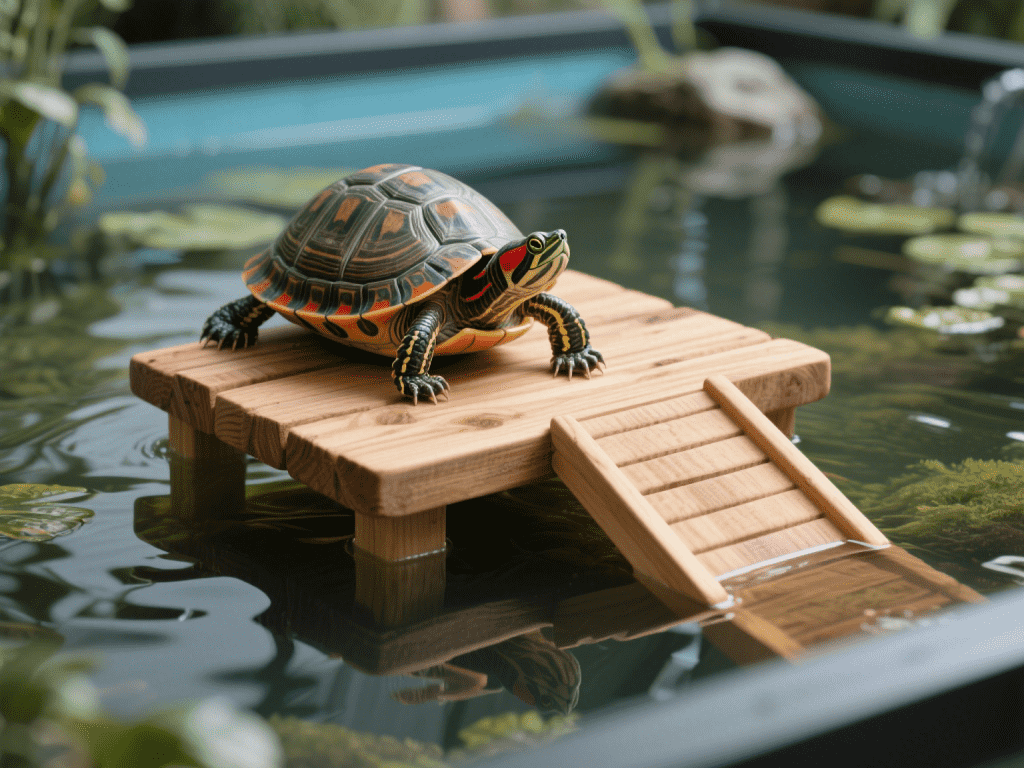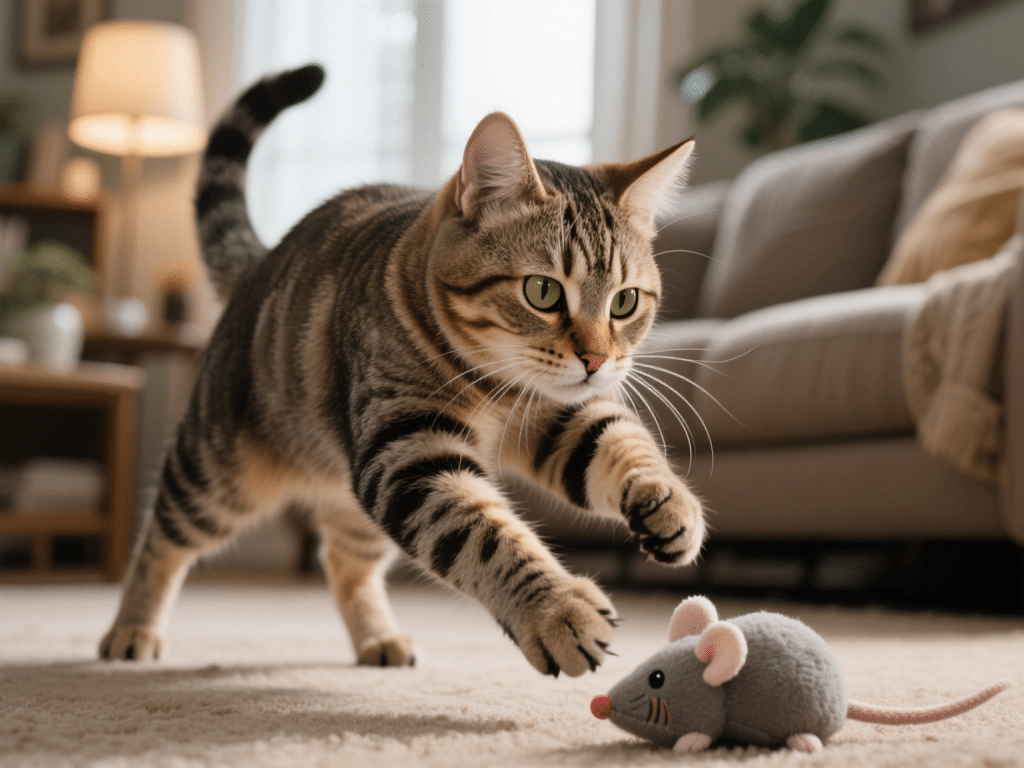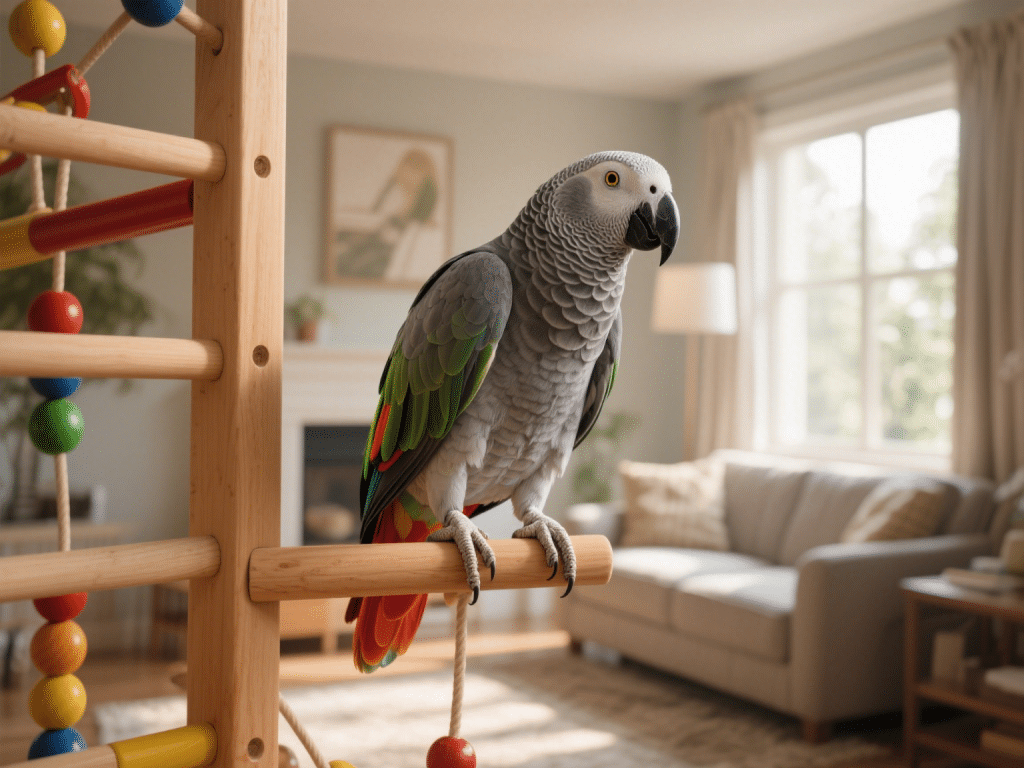
DIY Turtle Basking Platforms: Step‑by‑Step Builds
As a long‑time reptile enthusiast and turtle keeper with nine years of firsthand experie...

Cats may lounge for hours, but beneath that serene exterior lies a fierce predator honed by millennia of hunting evolution. In my thirteen years as a feline enrichment researcher, I’ve learned that fulfilling these innate drives through structured play is key to physical health and mental well‑being. Redirecting predatory energy into toys and games prevents boredom‑related behaviors—overgrooming, aggression, or furniture destruction. This guide will teach you how to decode stalking cues, design dynamic play sessions, and maintain a balanced indoor hunter.
Search: Your cat scans the environment—ears swiveling, eyes tracking. Introduce puzzle feeders to simulate searching.
Stalk: Slow, deliberate movement toward prey. Encourage stealthy approaches with teaser wands.
Pounce: Explosive leap to capture prey. Provide varied toy heights and textures for dynamic leaps.
Kill/Bite‑Hold: Biting and shaking the target. Soft, plush toys withstand shaking; rotate toys to maintain novelty.
Warm‑Up (2–3 minutes): Gentle teaser wand waggles to simulate distant prey.
Hunt (5–7 minutes): Gradually move “prey” closer; vary speed and direction unpredictably.
Capture (2–3 minutes): Let your cat “catch” the toy; offer praise and a small treat upon capture.
Post‑Hunt Calm: A brief period of grooming or petting helps normalize post‑chase adrenaline.
Wand Teasers with Feathers: Mimic bird flight.
Laser Pointers: Excellent for rapid chase—always end on a tangible toy so your cat feels successful.
Interactive Puzzle Feeders: Combine searching and pouncing instincts with meal distribution.
Aim for two to three daily sessions, especially around dawn and dusk when natural hunting drives peak. Consistency reduces nocturnal zoomies and unwanted attention‑seeking behaviors.
Rotate solo and group play sessions. Avoid overcrowding during chase games; give each cat individual time to hunt and rest to prevent stress.
“Ending each play session with a capture reinforces confidence and reduces frustration,” says certified behaviorist Dr. Anna Rivera.
By structuring play to mirror each predatory phase—search, stalk, pounce, and capture—you’ll honor your cat’s wild heritage and foster a vibrant, well‑adjusted companion. With the right toys, timing, and techniques, indoor cats can enjoy a fulfilling, hunter‑satisfying lifestyle without venturing outdoors.

As a long‑time reptile enthusiast and turtle keeper with nine years of firsthand experie...

As a lifelong avian enthusiast and certified exotic‑pet behavior consultant, I’ve witn...

Indoor rabbits thrive on a blend of environmental stimuli, chewable substrates, and social...

As a long‑time rabbit enthusiast and professional blogger, I’ve helped hundreds of bun...

As a lifelong rabbit enthusiast, I’ve helped dozens of households welcome their first—...

Understanding Dog Allergies in Your HomeDog allergies affect millions, triggered primarily...
Comments on "Pouncing and Play: Understanding Your Cat’s Hunting Instincts at Home" :